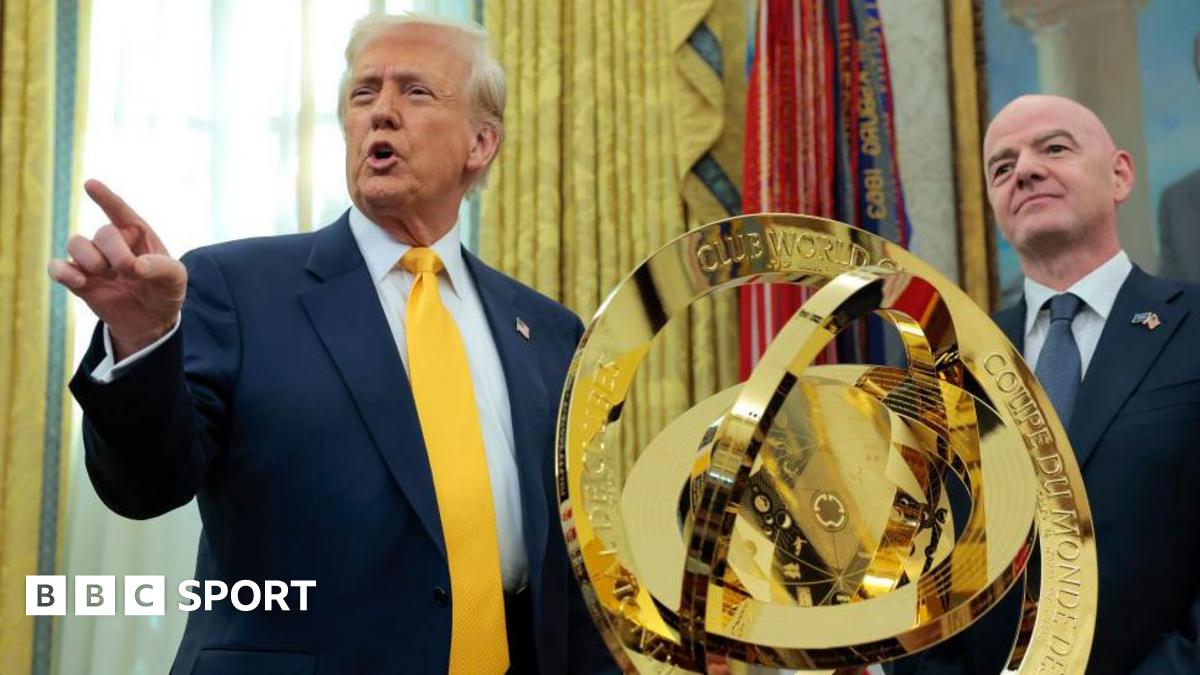The number is frequently cited in leftwing circles, serving as a rallying cry for people who oppose Donald Trump: if 3.5% of a population protests against a regime, the regime will fail.
Left-leaning content creators, activists and media have boosted the 3.5% rule as the anti-Trump resistance has grown. A Pod Save America episode in June was headlined The 3.5% Protest Rule That Could Bring Down Trump. Social media posts from protest groups broke down the rule and its limitations.
In the lead-up to mass days of protest, organizers have referred to the target as a goal. After the No Kings protests in June, for instance, the progressive activist group Indivisible sent an email to its supporters noting how “3.5% is a historically important target – but not a magic number”. Another day of protests is set for Thursday, dubbed “Good Trouble”, a reference to the late congressman John Lewis on the fifth anniversary of his death.
The figure stems from research of prior mass movements, though it’s often oversimplified. Still, the gist is accurate: sustained mass participation in a resistance movement can topple authoritarianism.
What is the 3.5% protest rule?
Political scientists Erica Chenoweth and Maria Stephan created a database of civil resistance campaigns from 1900 to 2006, analyzing whether non-violent or violent movements were more likely to succeed and whether there was a tipping point in terms of size for protests to actually expel the party or person in power.
As Chenoweth, a Harvard professor, has described it, they were skeptical of non-violent resistance. But the results showed non-violent campaigns were often much larger and were twice as likely to succeed than violent movements. They were more representative of the population, and, they found, active and sustained participation by 3.5% of a population meant a movement would succeed, with very few, specific exceptions.
If 3.5% of people are actively participating in a mass movement, there are many more supporters who aren’t active participants, underscoring broad dissent against the regime. And among those participants are often defectors, people who were once part of the regime or its support structure who have since joined the other side.
Some examples cited in Chenoweth’s work include the Cedar Revolution in Lebanon in 2005, the People Power movement in the Philippines in 1986, and the Rose Revolution in Georgia in 2003.
In a 2013 Ted Talk that went viral and brought the number farther into the mainstream, Chenoweth noted that this number is “nothing to sneeze at” – in absolute terms, for the US, it’s nearly 12 million people.
“I understand why people are drawn to it,” Chenoweth said on a recent episode of the podcast You Are Not So Smart. “It looks like a magic number, looks like a number that provides people with certainty and guarantee. And it’s also a surprisingly modest number.”
A host of caveats play into the “rule of thumb”, as Chenoweth refers to it. The number refers to peak participation, not cumulative participation. It applies to a specific kind of campaign – a “maximalist” effort like overthrowing a government or achieving territorial independence.
Simply achieving 3.5% of peak participation doesn’t mean a campaign will win every time; and in the opposite direction, not achieving 3.5% isn’t a sign of failure, either. According to the research, most non-violent campaigns still succeeded with less participation, Chenoweth noted in a 2020 update on the rule.
How does it apply now?
Numbers in the streets matter. They’re just not the only thing that does.
“When people boil movement success down to 3.5%, they might underemphasize some of these other factors,” said Hardy Merriman, a former president of the International Center on Nonviolent Conflict and an expert in the field. “Three and a half per cent is a quantity. But there’s also the question of quality. Have people been trained? Are they committed to nonviolent discipline? What is their message? What are their demands? What is their composition?”
Other limitations exist in the current moment. The anti-Trump resistance is not a maximalist campaign seeking to oust a dictator or achieve independence because the US is not under a clear authoritarian regime.
In consolidated authoritarian regimes, the rules of the game are clear, Merriman said, and people generally agree they are living under an authoritarian regime. In a backsliding democracy like the US, people are more disoriented – institutions that recently worked begin to fail but people put a lot of faith in elections. “It’s like organizing on quicksand,” he said.
Chenoweth noted in 2020 that the figure is a “descriptive statistic” derived from historical movements, “not necessarily a prescriptive one”, meaning it is not necessarily a guarantee to organize around, as some are explicitly doing now. The UK’s Extinction Rebellion, a climate movement, has made the 3.5% figure a part of its organizing, for instance. In previous successful movements, people weren’t trying to reach a specific number; they just, in hindsight, hit a tipping point, and 3.5% was an identifiable threshold.
The anti-Trump protest movement is large and growing. Recent protests have drawn many millions to the streets, and many of those protesting have sought other opportunities to stand against the Trump administration beyond street protests. As Chenoweth’s Crowd Counting Consortium at Harvard has quantified, the scale of protests is larger now than it was during Trump’s first term.
Since her 2013 Ted Talk, Chenoweth noted, authoritarian governments have caught on to the idea, too, and “figured out how to either ignore them or subdue them, even when they’ve gotten pretty impressive numbers”. They concluded: “We are in a little uncharted territory.”

 4 months ago
59
4 months ago
59








 English (US) ·
English (US) ·